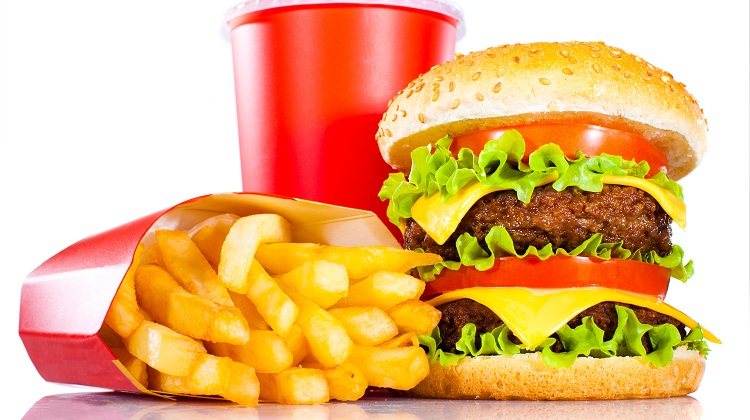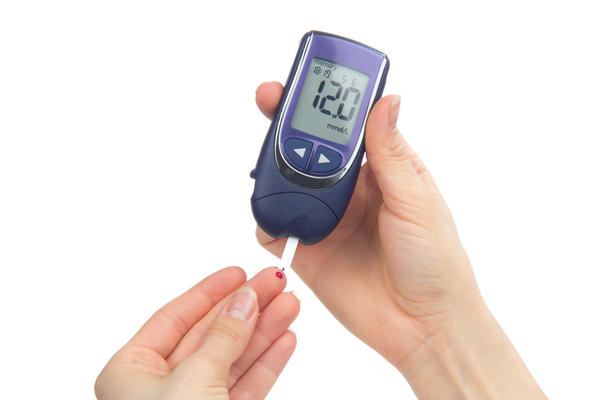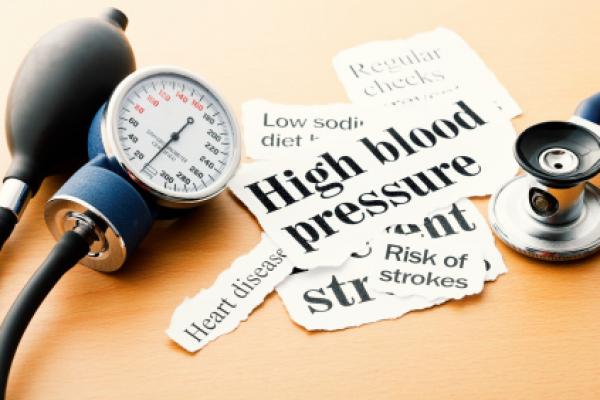
Fast food has become a staple of American culture. You can find a fast food restaurant on every highway exit and in every airport. The freezer section of the grocery store is often larger than the fresh produce section.
One reason for fast food’s immense popularity is that it satisfies our society’s need for quick, easy, and convenient products.
Despite the multitude of studies that have proven the destructive nature of fast food, most people tend to turn a deaf ear and ignore the problem. But opting for ignorance doesn’t change the fact that fast food is very bad for your health. Eaten in high quantities, it even becomes dangerous.
Not everyone that eats fast food is affected by these, but everyone is at risk.
1. Risk of Obesity.

Unfortunately obesity is on the rise in America, and fast food is one of the top contributors to this. Just one fast food meal can contain almost all of the calories and fat you should have in a day. So even having McDonalds just for lunch will put you over the limit because of the calories in whatever you ate for breakfast and dinner. Now imagine eating fast food two to three times a day, a couple of days a week!
Obesity is different from being overweight because it is more about having too much body fat than other weight factors. A weight gain that places you at well over the recommended average will also make you much more susceptible to diabetes and heart diseases.
2. Risk of Diabetes.

Fast food is also linked to an increased risk of Type 2 Diabetes. When you eat food, glucose (or sugar) enters your blood stream. Your body produces a hormone known as insulin that converts the glucose into energy for your cells. But when you have diabetes your body does not make or use insulin well, and thus the glucose sits in your blood and has the potential to cause all sorts of damage and disease.
Fast food is high in fat, sugar, and carbohydrates – all of which increase your body’s resistance to insulin. Studies have shown that people who eat fast food at least twice a week are twice as likely to resist insulin in their bodies, thus greatly increasing their chances of Type 2 Diabetes.
3. Risk of Stroke.

Arteries are the vessels that carry blood around your body. When the particular vessels that carry blood to your brain become blocked up, the likely result is a stroke. Having high cholesterol and high blood pressure are two major factors for artery blockage. These are also both factors in obesity. You can start to see how fast food causes multiple health problems for some people.
The processed products offered in fast food restaurants are very often high in sodium, which is a huge risk factor for high blood pressure and stroke. Studies indicate that the amount of money spent treating medical problems related to sodium will be in the trillions by 2050 if Americans do not change their eating habits.
4. Risk of Coronary Artery Disease.

This disease is like a stroke in that it happens when your arteries become clogged. The difference is that the arteries plugged up are those that send blood to your heart, instead of your brain. When the heart isn’t getting the blood it needs you are at a high risk for coronary artery disease, angina (heart pain), and heart attack.
The biggest artery blockers for this problem are saturated and trans fats. Though some fast food restaurants are striving to become healthier, it is still difficult to find a menu item that isn’t soaked in these fatty substances. Decreasing your portion size is a good way of lowering your risk for coronary artery disease.
5. Unhealthy Levels of Sodium.

Fast foods commonly use the salt known as sodium chloride to season their products. In fact, they put it in almost everything; making the sodium levels dangerously high in most fast food meals. A large order of French fries can contain as much as 30% of your daily value of sodium. It is good to have a little bit of sodium in your diet, but an excess will increase your chances of hypertension, high blood pressure, and heart attack.
6. Lack of Healthy Nutrients.

The products put out by fast food restaurants are filled with unhealthy ingredients, such as the sodium, sugar, and different types of fat that we have already discussed. But what is worse is that they usually are lacking in healthy nutrients, making the unhealthy elements even more harmful.
Important nutrients like vitamins and minerals from fresh produce, protein without added fat, and the fiber found in whole grains are all absent in most fast food. Because they are low in these nutrients, fast food is often less satisfying than healthier food, which can lead to overeating. Also, eating copious amounts of fast food every week well place you at risk for vitamin deficiency, as well as altering your mood and energy levels.
7. The High Cost.

When fast food restaurants first began the food was dirt cheap, another factor in their huge popularity. The dollar menu was a favorite by college students and those with little cash. However, as food costs and other costs go up, the prices of fast food items continue to rise all the time. The dollar menu is a shadow of what it once was, and some meals can cost up to $10.
Taking the little extra time to buy fresh food from the grocery store and cook a meal at home will save you money in the long run. You will generally get more food for your buck, plus you won’t have to pay medical bills down the road.
Your best bet is to buy your own groceries or go to restaurants that serve reputable food. You might have more of a fast food budget, but there are cheap healthy options available if you look around for them.